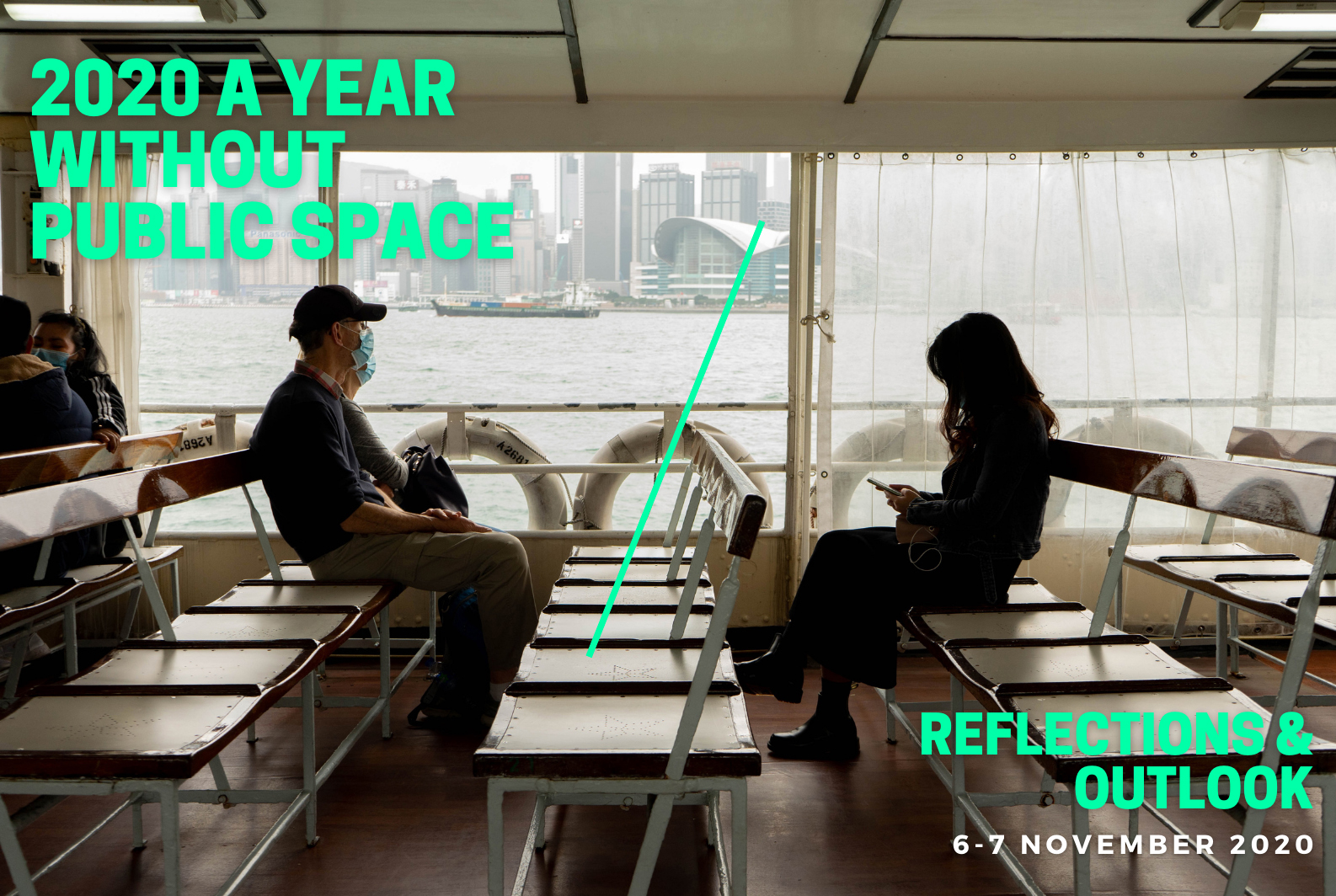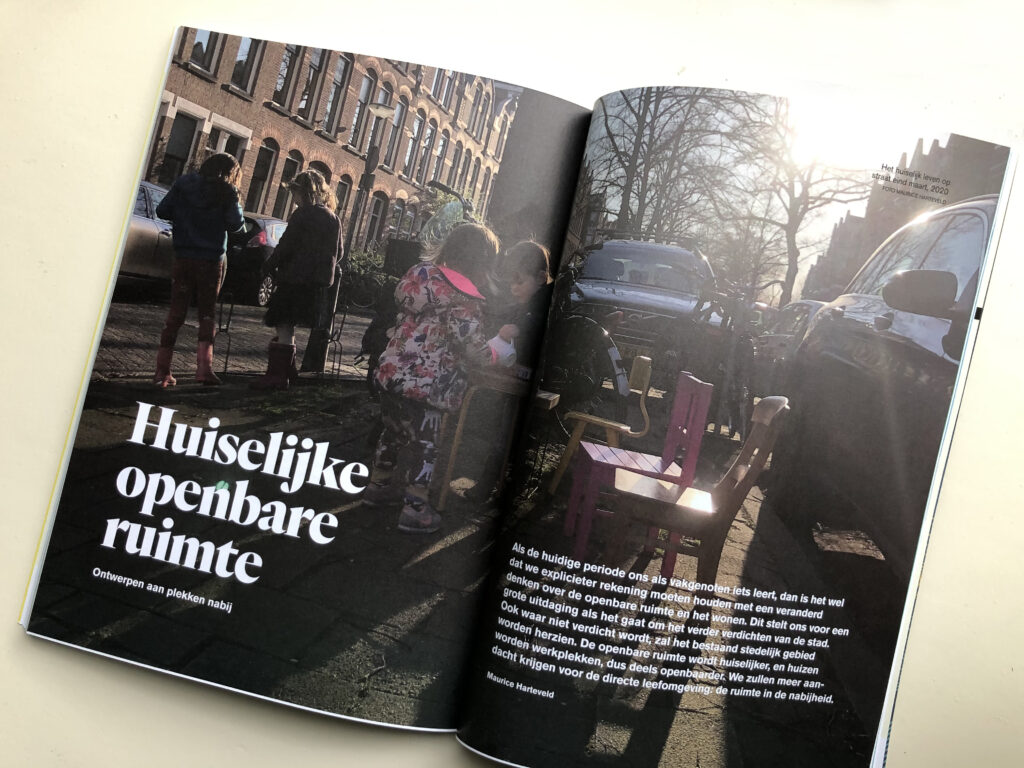In the spring of 2021, the Delft University of Technology, COB Platform of Subsurface Construction, the Environmental Department of the Flemish Government, and the Deltametropolis Association have started a design study exploring the possibilities of integral and multifunctional use of space within highly densified cities. Design consortia from practice have been invited to choose from a number of cases in The Netherlands and Flanders involving spatial bottlenecks in public space, subsurface, and buildings. Seven teams have already started.
Underground Use of Space as a Game-Changer
Due to the convergence of a multitude of tasks and transitions (energy, climate, circularity, mobility) in ever densifying cities, the pressure on public space is increasing. It is especially today because these cities also have to absorb a large share of the housing assignment, following the aims to preserve the rural landscape as well as to reduce the pressure on the current mobility system. However, how much densification is (still) possible for locations that are already overloaded with functions and programs and where the public space – both above ground and below ground level – threatens to silt up and get stuck?
Current and future space claims require careful consideration of the options for using space more effectively and efficiently, with the aim of increasing the ‘spatial efficiency’ of the city in an innovative way.
In the design study, partners focus on a different view of the organisation of urban programmes and transition tasks while they search for new ways of thinking, patterns, and solutions for integral and multifunctional use of space from the cross-section.
The central question:
How can integral and multifunctional use of public space, subsoil, and buildings within a densified urban environment create space and value that contribute to an attractive and future-proof living environment?
The design study has resulted in various spatial designs with visions of the future and implementation strategies. A number of urban locations as case studies are being worked on, namely Ostend, Rotterdam, Amsterdam, Mechelen, Leuven, and Maastricht. For each case study, a multidisciplinary team was selected (in Rotterdam 2) of spatial designers (architects, urban planners, landscape architects), engineers, and the experts required for underground developments such as geo-technicians.

Partners:
Centrum voor Ondergronds Bouwen / COB Platform of Subsurface Construction
Departement Omgeving Vlaanderen / Environmental Department of the Flemish Government
Deltametropolis Association / Vereniging Deltametropool






